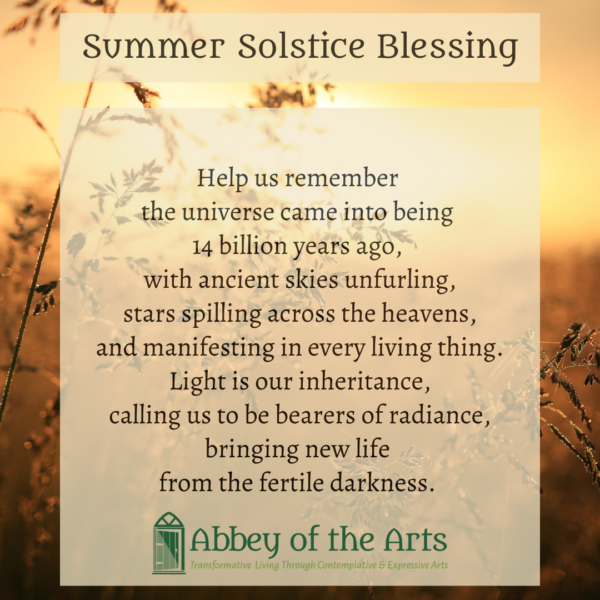I am delighted to share another beautiful submission to the Monk in the World guest post series from the community. Read on for Rochelle Rawson Naylor’s reflection on grief and living with a loved one who has dementia.
The journey of grief is often seen as beginning at a fixed point in time with a loved one’s death, whether after a long illness or occurring suddenly. From that time forward, life is different – there is an emptiness – an inertia – an unremitting sadness. Eventually, though, flashes of sunlight begin to appear and become more frequent. The weight of grief grows lighter over time, as we learn how to carry it as part of the person we are becoming without that loved one’s presence in our life.
Living with a spouse who has dementia is a very different grief journey. There is no fixed point of beginning, but rather many times of looking back trying to find a fixed point – when did this begin? Occasional flashes of sunlight alternate at random with long patches of gray uncertainty. Grief is ever present – for the partner who has been replaced by someone who needs me to manage everything, for conversations now replaced by silence, for all the lost memories – so many memories – that I must now hold for both of us. The weight of grief shifts with each new milestone of loss, when I must again learn how to carry this burden of grief for the person no longer present but still here.
This journey is on a path always in fog – only the next step or two are visible. Sometimes I stumble on rocks and boulders, sometimes there is a smooth patch, but always unpredictability of what the next step – the next hour – the next day may bring. I don’t ever have a day off or a week away, and much as I would like to practice Sabbath – to have a weekly day of rest – that is not possible. There are days when my strength runs low, and weariness starts to overwhelm me.
I do find strength for this journey from my ancestors: my mother and her mother and my paternal aunts were strong women who faced their own challenges in life with grace and resilience. I live in the home I grew up in, which was my mother’s home for forty years and before that was the home where my aunts grew up. Sometimes I can feel their presence here, but I always have their example to ground me.
I keep on learning every day how to walk this path – how to walk in the fog, from wise teachers in the world. Most recently, I have been focusing on the monastic practices of lectio and statio as explained by Joan Chittister in Wisdom Distilled from the Daily – Living the Rule of St. Benedict Today.
I had some familiarity with lectio divina, which involves a specific four-step process: read, meditate, pray, contemplate. For me, however, the weight of trying to practice following those four steps often feels like too much. Am I doing it well enough? Am I doing it right? This writer, however, describes lectio as the practice of focused reading of Scripture reflecting on how it applies to one’s own life. That idea of lectio, to focus and reflect, seems less complicated, so it feels like a practice I can do, and I am grateful for that.
Statio is the idea that, instead of moving from one thing to the next thing (to the next and the next) in our day, that we pause – we stop in the in-between time – making just a bit of space for ourselves before we go on to the next thing. I was not aware of the idea of pausing between things as a monastic practice, so this idea as a practice also feels like a gift. If in my day I remember to stop in the in-between times – to pause – I can find my center of calm, and I can carry that calm to the next thing.
There are days where even lectio – taking that less complicated time to focus on reading Scripture and reflecting on it – is too much, but those are the days when statio is even more essential for me. Sometimes all I can do right now is breathe, and it is a gift to be able to see just stopping and breathing as practice.
I am grateful for my ancestors, for wise teachers, for the promises of Scripture like Isaiah’s reassurance that I can renew my strength to “walk and not faint,” and for these practices that all sustain me on this journey.

Rochelle Rawson Naylor grew up in Protestant traditions and is currently a member of a Presbyterian congregation. She works as a Senior Program Officer at a community foundation in Iowa managing grant programs supporting economic inclusion, educational success, and equity focused on racial equity.





